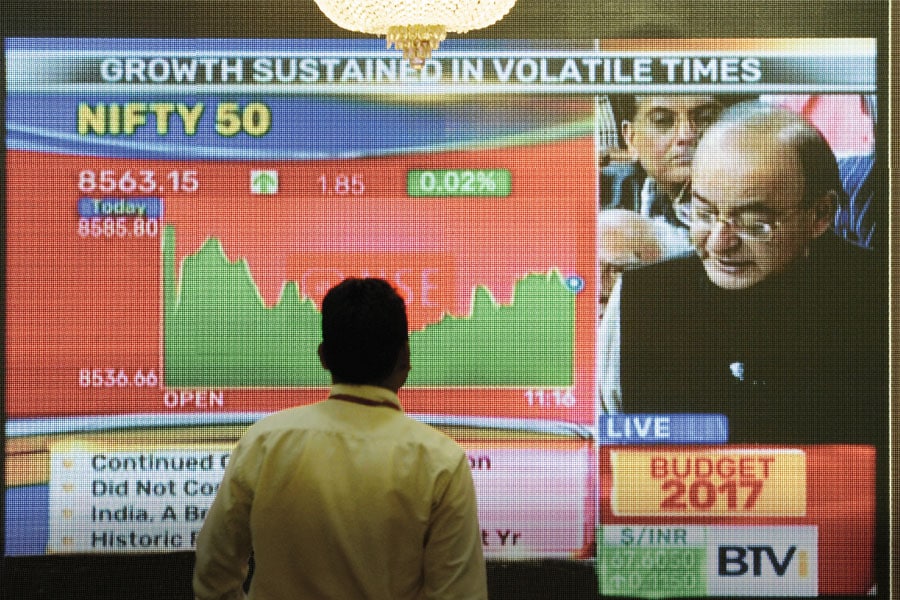
Expect the unexpected: Brace for volatility in 2017
Just like its predecessor, 2017 promises to be a rollercoaster ride. A curtain-raiser on how to navigate the investing landscape

Image: Getty Images
2016 held an important lesson for investors—that surviving volatility is as important as making the right investment.
It was no ordinary year. The sharp market swings following Brexit, the election of Donald Trump as America’s president and Prime Minister Narendra Modi’s surprise demonetisation announcement singed investors. What is significant is that those who stayed put were none the worse off. Each time, each jolt later, the markets recovered.
This much is certain: 2017 promises to be no different. Brace for volatility, make it your friend, stay the course and profit from it.
It is against this uncertain investing backdrop that large Indian companies are looking attractive once again. Over the last three years, their smaller counterparts have delivered superlative returns. Could it be their turn now? Our story (page 58) points to an informed yes as a faster global growth forecast, rising commodity prices and lower relative valuations mean this is likely to be the year of large-caps.
Large-caps have propelled Birla Sun Life Frontline Equity Fund to the top of the fund size table. The story of how fund manager Mahesh Patil went back to the drawing board after the 2008 financial crisis and overhauled its investing process is a compelling one.
Rapid growth companies, such as those the Birla fund has invested in, are facing a peculiar problem—identifying investible opportunities with the cash they’ve generated. What should companies ideally do with this cash and how should an investor view the cash on the books of a company? There’s no one answer with different investors offering various suggestions.
While equity markets have outperformed other asset classes, real estate remains a sound bet for those wanting to buy a house to live in. “Just as you can’t time the top of the cycle, you can never time the bottom of the cycle,” says Srini Sriniwasan of Kotak Investment Advisors. We also ask him why he believes residential demand could come back faster than expected.
Commodities have been on a tear this past year. Those who took a contrarian call in 2015 were rewarded handsomely in 2016. While the first leg of the commodity rally has played out, investors are now waiting to see whether the new US president follows up on his promise of infrastructure spending. This could provide a further fillip to prices of iron-ore, zinc and copper. Any hint of fiscal expansion will be greeted cheerfully by commodity markets.
Gold, a safe haven asset, had a good year in 2016 as investors took shelter from political shocks like Brexit. The approach tends to be to not invest in gold to beat the markets as over long periods, it tends to underperform. But in 2017, gold should do well if the US dollar remains weak and investor demand climbs up during times of volatility.
The more cautious investor, who typically invests in fixed income, had a happy 2016 as bond yields fell rapidly. Their returns outpaced a large-cap index fund. For most, this was a pleasant surprise. At the same time, nothing lasts for too long and investors wanting to do better in bonds would be better off shifting to shorter maturity bonds. They’ll also have to keep a close eye on India’s credit rating as a cut could see yields spike.
To round off this special package, we bring you two interesting trends. One, on bottom-of-the-pyramid businesses where returns have been steady: Equity funds who invested in them have done well as a column by Viswanatha Prasad, CEO, Caspian Advisors, an impact investing fund, points out.
And two, on HNI investors, with a greater appetite for risk, who are investing in startups as a new asset class, seeing themselves as partners in their progress.
(This story appears in the 30 November, -0001 issue of Forbes India. To visit our Archives, click here.)





